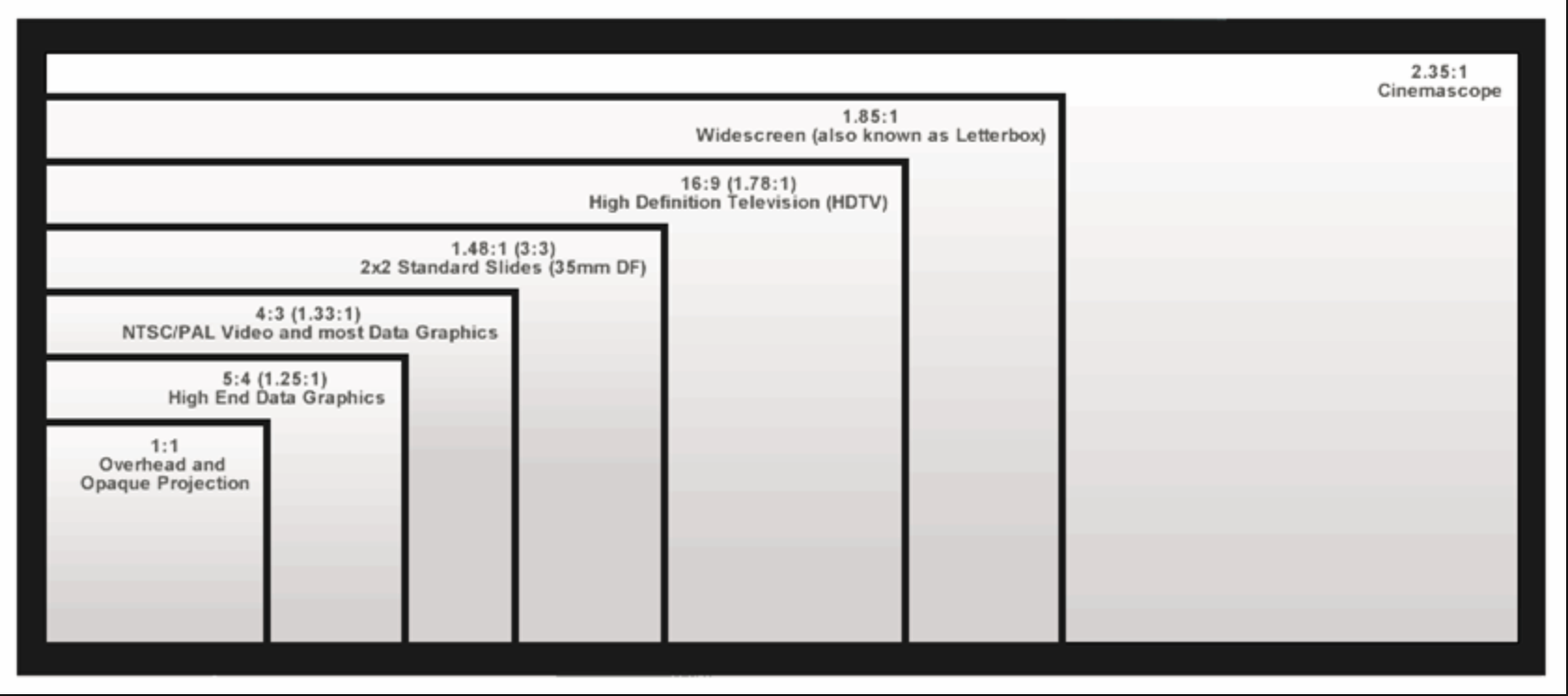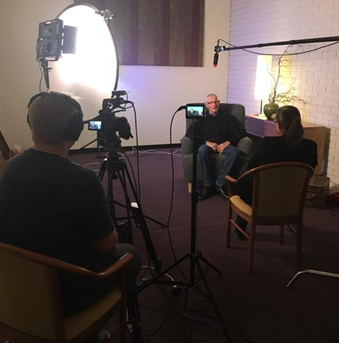At the heart of the human experience lies an age-old fascination with stories. As a video production company, we understand and embrace the magnetic pull that stories exert on us all.
1. Emotional Engagement
Stories are emotion in motion. Through the visual and auditory richness of video production, we capture the nuances of human emotion, crafting narratives that resonate on a visceral level.
2. Memorability through Narrative
Our brains are wired to remember stories better than dry facts. In video production, we leverage this by embedding messages within compelling narratives, ensuring they linger in the minds of our audience.
3. The Art of Connection
Stories cut through the noise of information overload, creating connections. Video production enhances this connection, allowing audiences to immerse themselves in narratives that foster shared understanding.
4. Inspiring Action
The best stories inspire action. In our video production work, we aim to catalyze positive change by crafting narratives that resonate with our audience's values, motivating them to take meaningful action.
5. Reflecting Life's Complexity
Life is intricate, and stories mirror this complexity. Through video production, we strive to capture the diverse nature of human existence, celebrating both the extraordinary and the everyday struggles.
In essence, our love for stories is deeply embedded in the human experience. As a video production company, we cherish the role of storytellers, using the medium of video to entertain, connect, and inspire. Stories, in their various forms, are not just a source of entertainment; they are a fundamental aspect of what defines our humanity. Let's continue exploring the endless possibilities of storytelling through video, creating content that resonates and leaves a lasting impact on the hearts and minds of our audience.






















